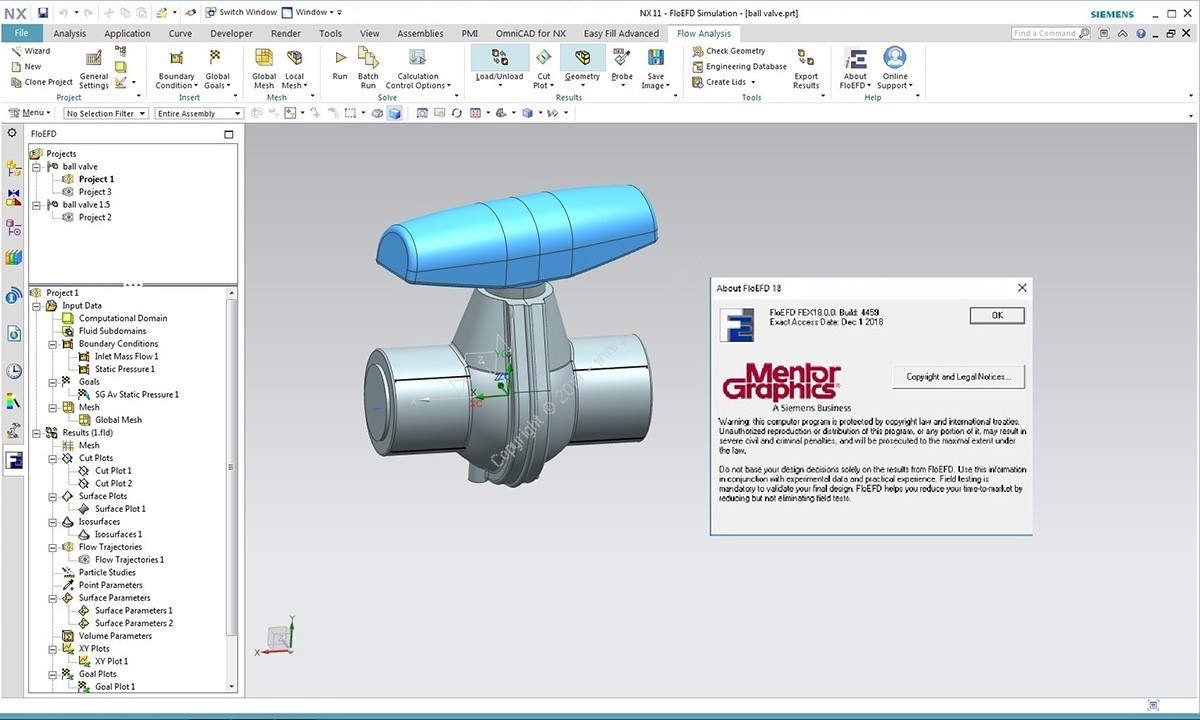

sldprt files.ĬAD Exchanger is now able to display the meshes of the missing parts and will highlight them in the product structure. You won’t be able to edit the part or effectively convert into some precise geometry format (such as ACIS) until you resolve the missing reference by providing all required. It is important to understand that mesh representation is there just to provide a view of the assembly. CAD Exchanger will warn about unresolved external references but will now be able to display the whole assembly anyway. By default, SolidWorks assemblies (*.sldasm files) carry polygonal (mesh) representations of external parts (*.sldprt files).This allows to display an assembly even if its components (stored in external files) are missing when reading that assembly. If you can shatter the assembly and store part files in individual files, then there is a chance that those files will be forgotten when sending the assembly files. This is useful when you have to provide a fraction of a whole assembly for a particular manufacturer without disclosing the whole assembly.

STEP, JT or SolidWorks) use external references to better work with massive assemblies. SolidWorks: Viewing polygonal representations Future releases will add support for precise B-Rep geometries.ĭXF files use a *.dxf extension. As of now, users will be able to import mesh models from DXF. With version 3.8.0 we introduce DXF import. CAD Exchanger has been supporting DXF export since 2019. Today it’s more common to use AutoCAD-native DWG, but there is still a lot of legacy DXF data out there. Originally developed by Autodesk to enable interoperability of AutoCAD with other CAD software, DXF was used actively in the early days. That means in particular that everyone outside the CAD/CAM world, who might come across 3D files, will still be able to open them with Paint 3D and 3D viewer pre-installed in Windows 10.

3MF is aimed to serve the 3D printing industry and, by the way, is natively supported by Windows 10. Other mesh formats (such OBJ or VRML) are most suited for visualization and have limited adoption in 3D printing. It is basically ‘a soup of triangles’ without even any connectivity information, precise B-Rep geometries or even colors (unless you apply a special ‘hack‘ which will not be understood by most CAD readers).

For example, STL, currently dominating the 3D printing domain, is the poorest CAD file format. The main goal of the consortium is to develop the standard that meets modern world requirements. 3MF stands for 3D Manufacturing Format and was developed by the 3MF consortium as the most 3D printing-friendly file format.


 0 kommentar(er)
0 kommentar(er)
